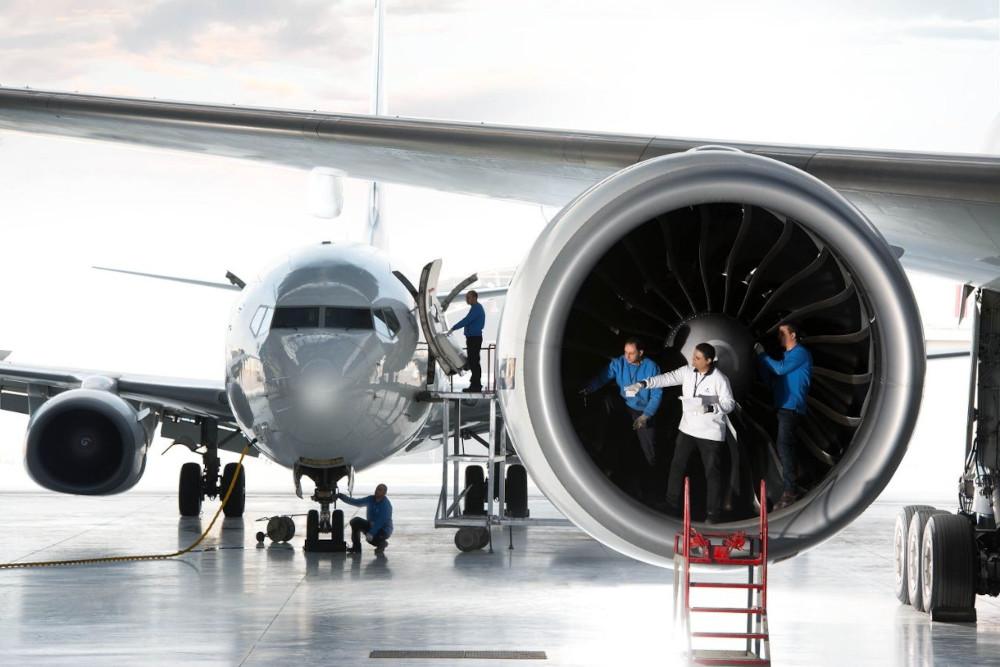
Egyptair Maintenance & Engineering has seen longer turnaround times in its engine shop this year.
With the passenger market recovery proving bumpy in certain parts of the world, it was thought that airlines would seek flight-hour-based engine maintenance contracts to align their costs with an unpredictable operating schedule.
However, many airlines say that the choice of contract comes down the type of engine and not only operational factors.
“Time and material contracts give the most flexibility because you don’t have any batches of engines constraining [you] and you can easily build some bonuses around the number of engines, which can easily be reduced or increased in number,” says Maciej Maciejewicz, powerplant manager at LOT Polish Airlines, in an interview with Engine Yearbook 2023.
Maciejewicz reveals that the airline was readjusting its shop visit planning as far back as early 2021 when passenger activity was still low. One move was to hold off shop visits for its CF34-10E engines due to several factors, including seeking out a new MRO partner for the engine and adapting its own needs across its mostly leased fleet.
“Pre-COVID, we thought it’d be around 40 shop visits for those engines. But when the pandemic started, this was reduced to about 20. Now, we will end up with eight shop visits in total,” he says.
Despite this experience, shop visit demand is picking up around the world, putting pressure on MRO capacity that it being tested by labor shortages and supply chain problems.
Ahmed Saeed, powerplant engineering manager at Egyptair Maintenance & Engineering, has seen longer turnaround times in Egyptair’s own engine shop, which has also affected the supply of engine parts. “This has prevented us from inducting our unserviceable engines into the engine shop because the facility has reached full capacity,” he says.
For a detailed look at airline engine maintenance strategies through the recovery, see Engine Yearbook 2023, out very soon.



